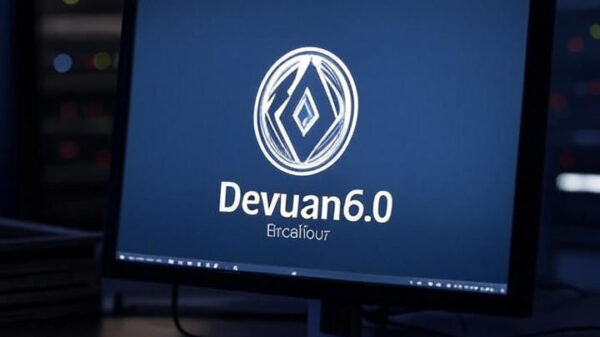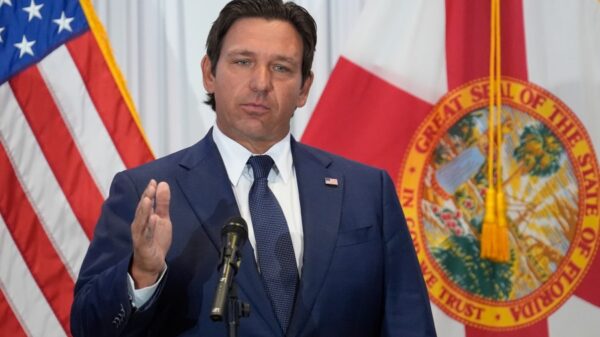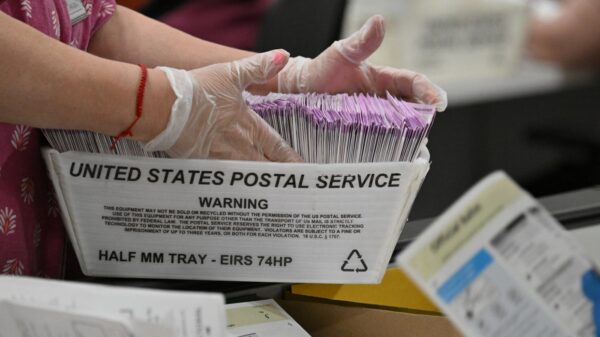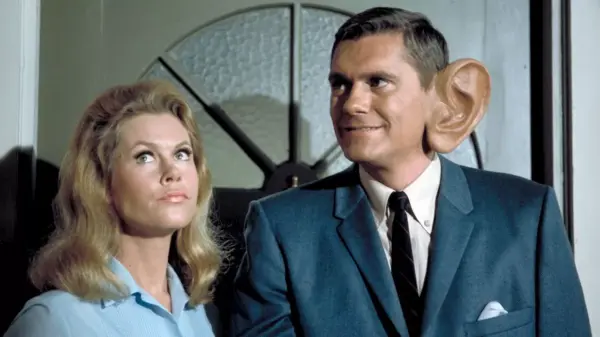URGENT UPDATE: Gold prices have skyrocketed, surging more than 50% this year, dramatically impacting jewelers worldwide. As of October 20, spot gold hit a staggering $4,400 per ounce, forcing jewelry brands from boutique to global giants to rethink their pricing strategies amid cautious consumer behavior.
Isaac Yuan and Joanne Sim, co-founders of Eli J Fine Jewelry in Singapore, are among those grappling with these changes. Yuan, who has worked in the jewelry industry for over two decades, described the recent surge as the most extreme he has ever witnessed. “The move from $3,000 to $4,000 per ounce was really quite crazy,” he stated.
With gold now hovering around $4,000 an ounce, jewelers are forced to adjust their designs and pricing. Eli J has increased prices by “a few hundred dollars” on average for their 18-karat gold pieces, which are made of 75% pure gold. This price adjustment could tighten profit margins by up to 10% for the couple.
The impact on consumer behavior is palpable. Approximately 20% to 30% of Eli J’s customers are opting for cheaper 14-karat gold options, compared to only 10% before the gold price surge. The store’s strategy now includes offering platinum as a more affordable alternative, with current prices around $1,595 per ounce.
The situation is echoed at Kim Poh Hong Goldsmith, a family-run business in Singapore. Owner Susan Tan reported a 30% to 40% drop in demand for traditional 22-karat gold jewelry. “Prices are too high, nobody is really buying,” Tan explained. This trend reflects a broader global sentiment, as jewelers everywhere feel the pinch of rising costs.
Despite the high prices, demand for gold jewelry typically wanes during such spikes. In the third quarter, jewelry purchases fell by 31% in India and 18% in China, the world’s top two gold-consuming nations, according to the World Gold Council. “The record gold price environment was the primary reason for the decline,” the report stated.
Even during India’s festive Diwali season, which typically boosts gold sales, demand remained low. Major retailers like Titan reported fewer customers shopping for jewelry, although sales revenue rose by 19% due to higher average spending per purchase.
The pressure is not limited to small jewelers. Global brands like Pandora are also feeling the heat. The Danish jewelry giant noted that higher gold and silver prices reduced margins, leading to necessary price hikes. CEO Alexander Lacik hinted at exploring alternative materials, a significant consideration for a brand rooted in precious metals.
Looking ahead, there is cautious optimism among jewelers. As year-end bonuses approach, some believe demand may stabilize, especially during the upcoming festive gifting season. “I think we still see a strong demand,” Yuan added, emphasizing the enduring appeal of fine jewelry.
As gold prices fluctuate, the jewelry industry continues to adapt. The struggle between maintaining craftsmanship and managing costs is more relevant than ever, leaving both jewelers and consumers navigating uncertain waters.
Stay tuned for updates as this story develops.






































































